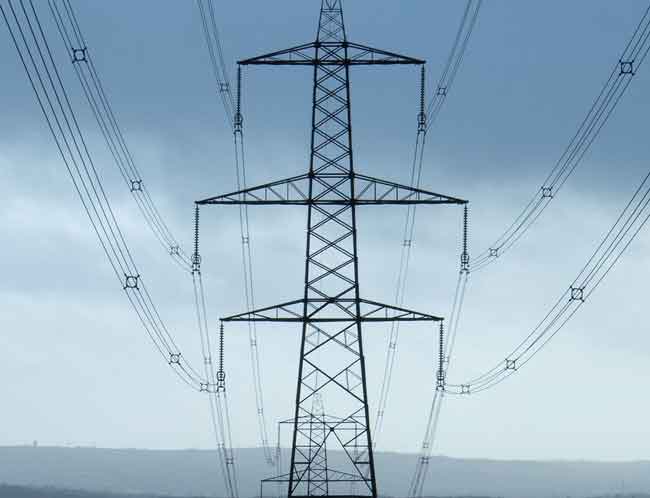Alberta power bills will “crush” consumers
By Edmonton Journal
Protective Relay Training - Basic
Our customized live online or in‑person group training can be delivered to your staff at your location.

- Live Online
- 12 hours Instructor-led
- Group Training Available
David Gray, the office's former executive director, said Alberta has among the highest electricity prices in Canada, and they will likely continue to rise because there isn't enough competition in the retail market.
Gray, 45, who is speaking out publicly for the first time since resigning his post July 24, said the retail market is flawed and the Conservative government's determination to press ahead with deregulation without resolving the problems will result in "catastrophe."
"I think you will see customers crushed by high gas and electricity bills at some point. I think you will see industry either avoiding or leaving Alberta. We're also at some risk of blackouts on our system because of how long it has taken to get transmission built."
The province is increasing the volatility of the monthly regulated rate for electricity and it has eliminated its natural-gas rebates that protected consumers from spikes in home-heating costs during the winter.
Gray said the Utility Consumer Advocate advised Alberta Energy last year to slow the process of deregulation and to look for ways to eliminate barriers that are preventing new companies from entering the retail market, but the minister opted to continue phasing out the regulated rate.
"The Department of Energy whitewashed the review and said everything is fine," he said. "That puts the normal customer at tremendous risk of prices going high and not for any fundamental reason.
"They have such a dogmatic belief that the market can fix everything that they don't pause to think that maybe they should fix their market."
Alberta Energy spokesman Jerry Bellikka said another review of the retail electricity market is underway, but consumers will continue to be offered a monthly electricity rate that will protect them from bearing the brunt of hourly price spikes.
"We feel there is significant protection for the consumer there," he said.
"There are still safeguards in place. You don't have to worry about running your washing machine at a certain time because power costs more than it did an hour ago or will an hour from now."
Bellikka said Energy Minister Mel Knight is also on record saying the province will review its decision to eliminate natural-gas rebates if the price of natural gas increases dramatically.
Alberta Consumer Coalition lawyer Jim Wachowich applauded Gray for his "intelligent observations," saying it was interesting to hear them coming from one of the government's former consumer advocate officials.
"I do think the concerns are legitimate," he said. "The government this fall will have a lot of these issues come up on their plate."
Colette Kearl of the Alberta Direct Connect Association, which represents a number of large industrial electricity users, said three companies that recently moved out of Alberta cited the high cost of electricity as a major factor.
"We're concerned that more will follow if costs continue to escalate," she said. "These companies are huge employers of a lot of people directly and in secondary industries."
She said many companies located in Alberta over the past decade because of low natural gas and electricity prices, but that advantage "has definitely eroded away."
Gray said it is difficult for small retail companies to enter the Alberta market because the billing process is complicated and expensive.
"In other jurisdictions, they have someone else doing the billing," he said. "You don't have to set up your own billing department."
Gray said one of the biggest problems with the Alberta electricity market is the fact the price is set retroactively.
"The problem with our system is it gives you an accurate number for how much power cost the last hour." He said that's like gassing up your car and not knowing until after the tank is full whether the price of the gasoline was $6 a litre or $600.
That flaw makes it difficult to introduce so-called smart meters that would enable retail consumers to target their heavy usage for periods when the price is low, he said.
"You don't know what you will get charged until after you consume the stuff," he said.
"If two coal-fired plants are out, the price could go to $1,000 per megawatt hour."
Gray, one of two senior executives to leave the advocate's office in recent weeks, said he may be blacklisted for his comments, but felt compelled to speak out.
"At the end of the day, this is the truth. Everybody in the industry knows this stuff, and it's time somebody ripped the lid off of it."











